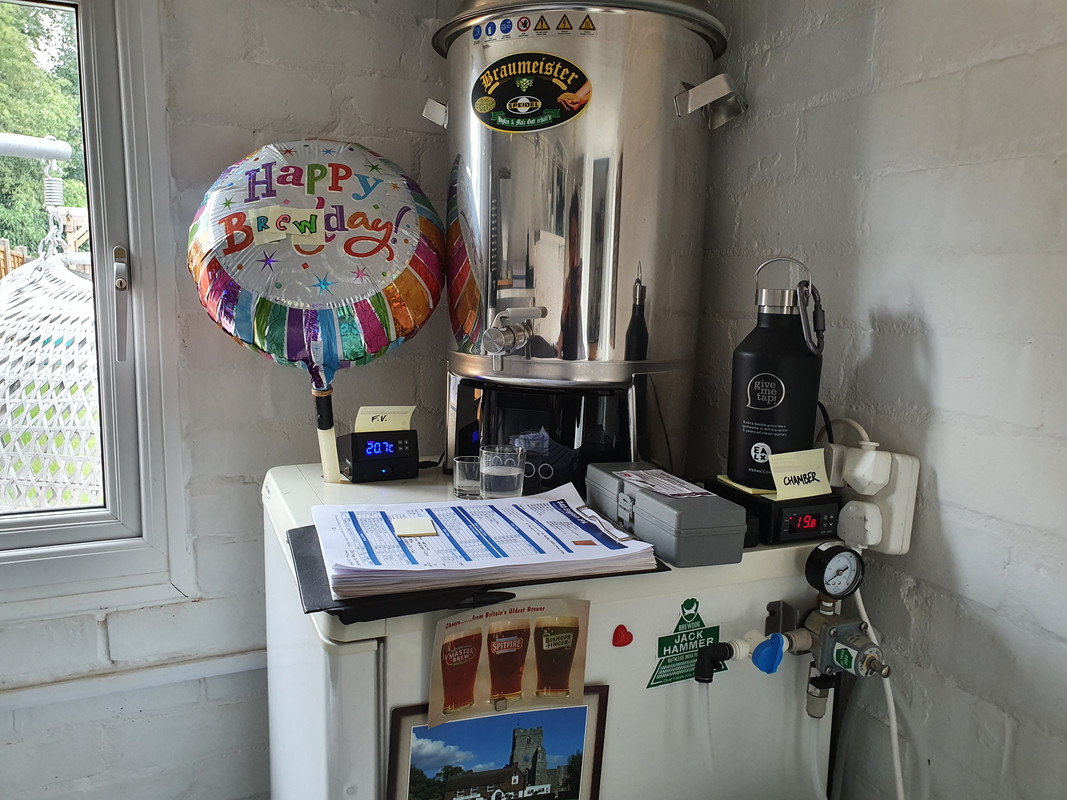Glad I found this post, it's my first dip into a Corny world.
I am brewing Red/Amber Ale, traditional Ale kits or IPA's and prefer serving temp around 12 degrees celsius.
Don't have fridge space but I do have a location which is around 8 degrees celsius.
After transferring from FV to corny. I purged the corny a couple of times and according to keg carb calculator for this beer type and temp PSI would be around 11.
I am leaving for a couple of weeks with CO2 attached at 11PSI and will drop down to 2-3 for serving. Hopefully leaving for a week or 2 will improve the taste quality's.
Anyone see anything wrong in this method?




































![BREWING THERMOMETER STICKERS ACCURATELY MONITOR FERMENTING BEER & WINE LIQUID TEMPERATURES 5PCS HOME BREW SPIRITS WINE LCD ADHESIVE [US]](https://m.media-amazon.com/images/I/311DDjo2X3L._SL500_.jpg)







